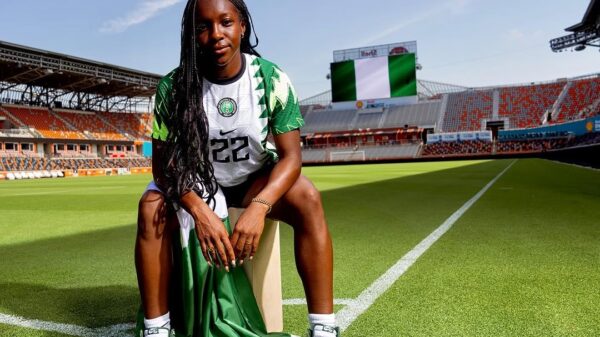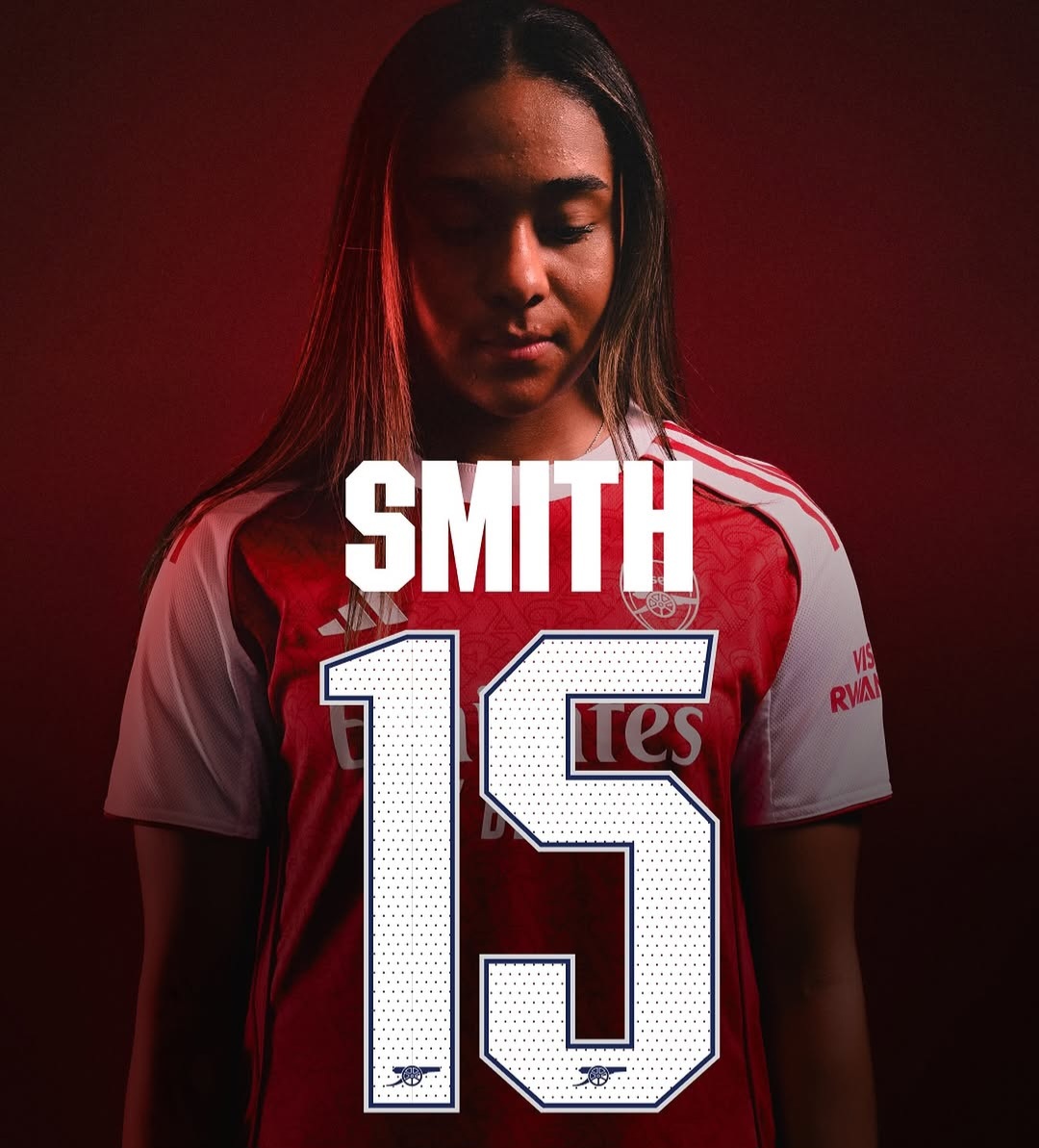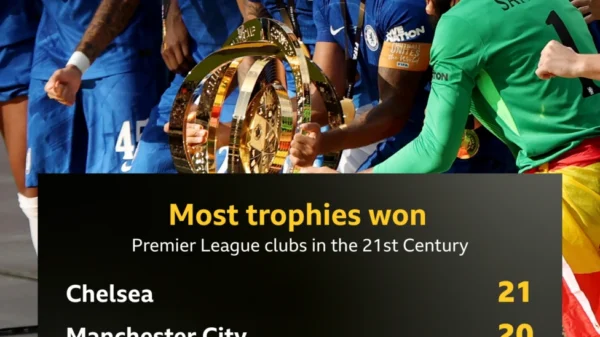In the world of football, £1 million might not seem like a jaw-dropping figure — unless you’re talking about the women’s game. And that’s exactly what’s happened. Arsenal just made headlines by smashing the women’s world transfer record, signing Canadian sensation Olivia Smith for a reported £1 million from Portuguese side Sporting CP.
It’s a massive moment for the women’s game. But when you place it beside the men’s market, where clubs toss around sums like £100 million without flinching, the gap is glaring. So, what’s really going on here? Why is there such a huge difference between transfer fees in men’s and women’s football? Let’s break it down.
The Olivia Smith Deal: A Landmark Transfer
At just 19 years old, Olivia Smith has already become the most expensive female footballer in history. Arsenal saw enough in her electric performances and attacking flair to justify the seven-figure sum — something that was virtually unheard of in the women’s transfer market just a few years ago.
For context, the previous record was set by Keira Walsh’s £400,000 move to Barcelona from Manchester City in 2022. Olivia Smith’s transfer more than doubles that. It’s a sign of progress, but it also exposes just how far the women’s game still has to go.
Let’s Talk Numbers: Men vs. Women Transfer Fees
| Player | Transfer Fee | Gender |
|---|---|---|
| Kylian Mbappé (to PSG) | £166 million | Male |
| Neymar (to PSG) | £198 million | Male |
| Jude Bellingham (to Real Madrid) | £115 million | Male |
| Keira Walsh (to Barcelona) | £400,000 | Female |
| Olivia Smith (to Arsenal) | £1 million (record) | Female |
In men’s football, nine-figure transfers are common, with dozens of players sold for over £50 million every season. In the women’s game, a £1 million transfer is groundbreaking — something that makes headlines around the world. The gap isn’t just wide; it’s massive.
Why Is the Gap So Big?
There’s no single answer — it’s a mix of history, business, and culture. Here are some key reasons:
1. Revenue Disparity
Men’s football clubs generate billions in revenue from broadcast rights, sponsorships, ticket sales, and merchandise. That money flows back into transfers and wages. Women’s football is growing rapidly, but it still earns only a fraction of what the men’s game does.
2. Shorter Contracts & Free Transfers
A lot of top female players are still on shorter contracts — often one or two years. That means many stars move on free transfers, reducing the number of big-money deals.
3. Less Commercialisation
Men’s football is a global brand machine. Shirt sales, endorsement deals, and massive international followings justify eye-watering fees. In women’s football, that global brand recognition is still developing — but it’s picking up pace.
4. Recent Professionalisation
Let’s not forget: many top-tier women’s leagues only became professional in the last decade. Some players still juggle part-time jobs. The infrastructure and investment simply haven’t had time to catch up — yet.
But Change Is Coming
Olivia Smith’s move is more than a transfer — it’s a statement. Clubs like Arsenal, Barcelona, Chelsea, and Lyon are now building elite women’s teams, scouting globally, and investing in talent like never before.
Broadcast deals are expanding, attendances are rising, and corporate sponsors are finally waking up to the potential of the women’s game. The UEFA Women’s Champions League now regularly features six-figure attendances, and international tournaments like the Women’s World Cup are smashing viewership records.
It’s not hard to imagine a future where £10 million women’s transfers become routine. The pipeline is full of talent, and the appetite from fans is there.
So What Does It All Mean?
Olivia Smith’s £1 million price tag is a turning point — not just for Arsenal, but for the entire sport. It shows that women’s football is no longer content to play in the shadow of the men’s game. It’s demanding its own spotlight — and earning it.
Yes, the gap in transfer fees is still huge. But every record is made to be broken. And right now, women’s football is breaking them faster than ever.
So keep an eye on the transfer market — the next £5 million move might be closer than you think.


































